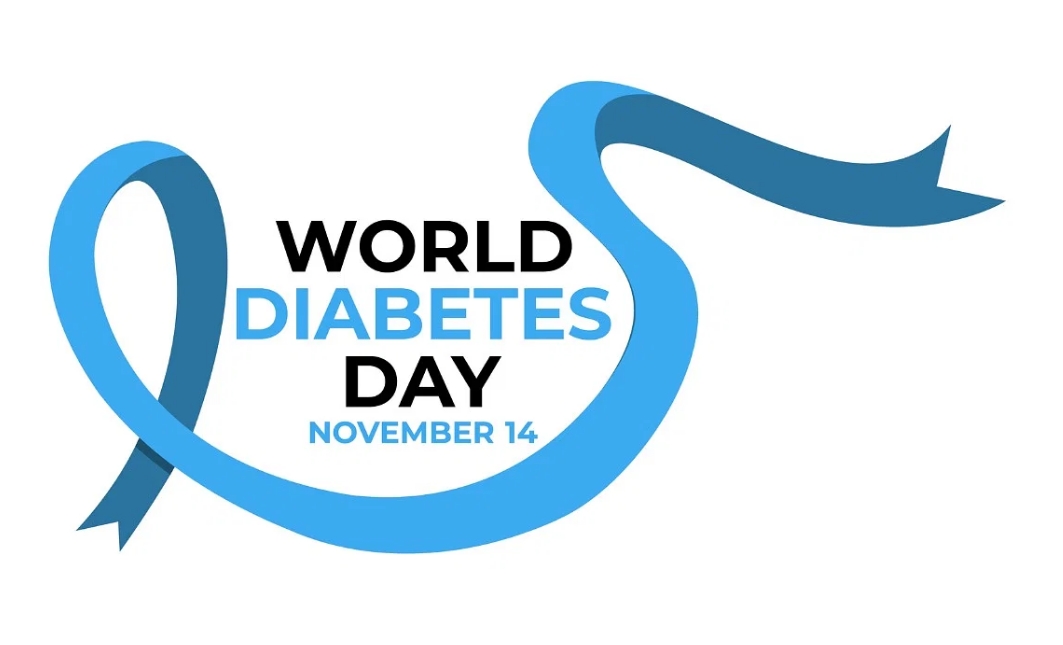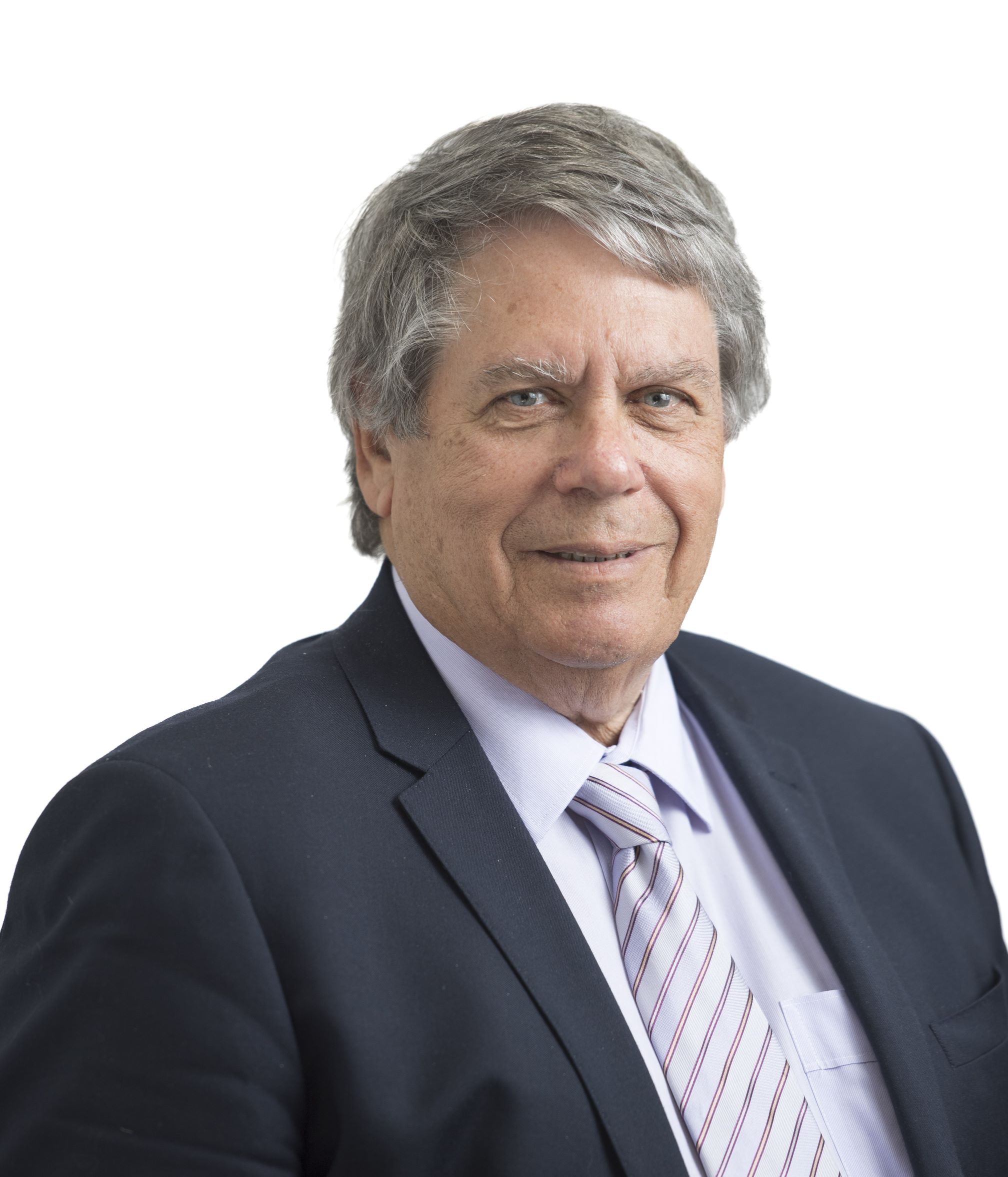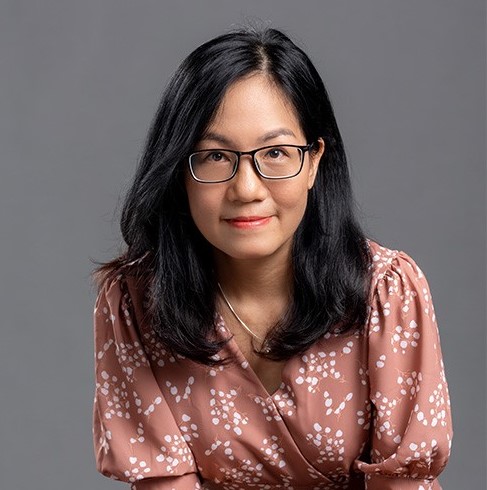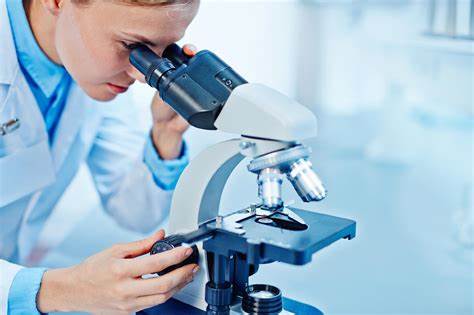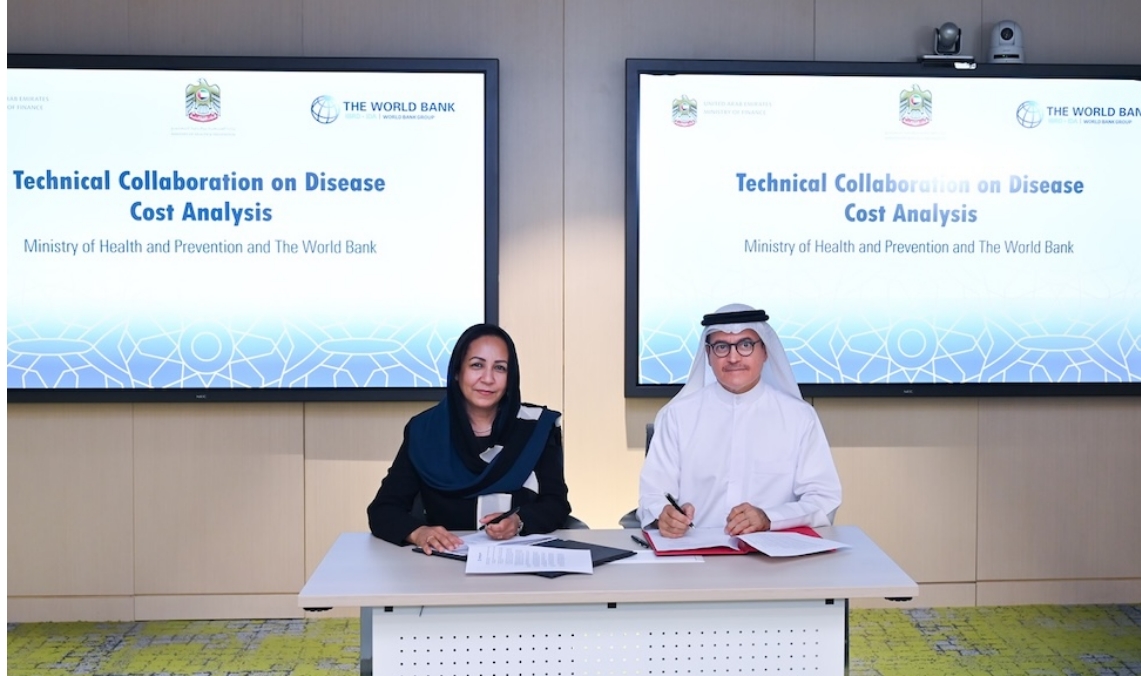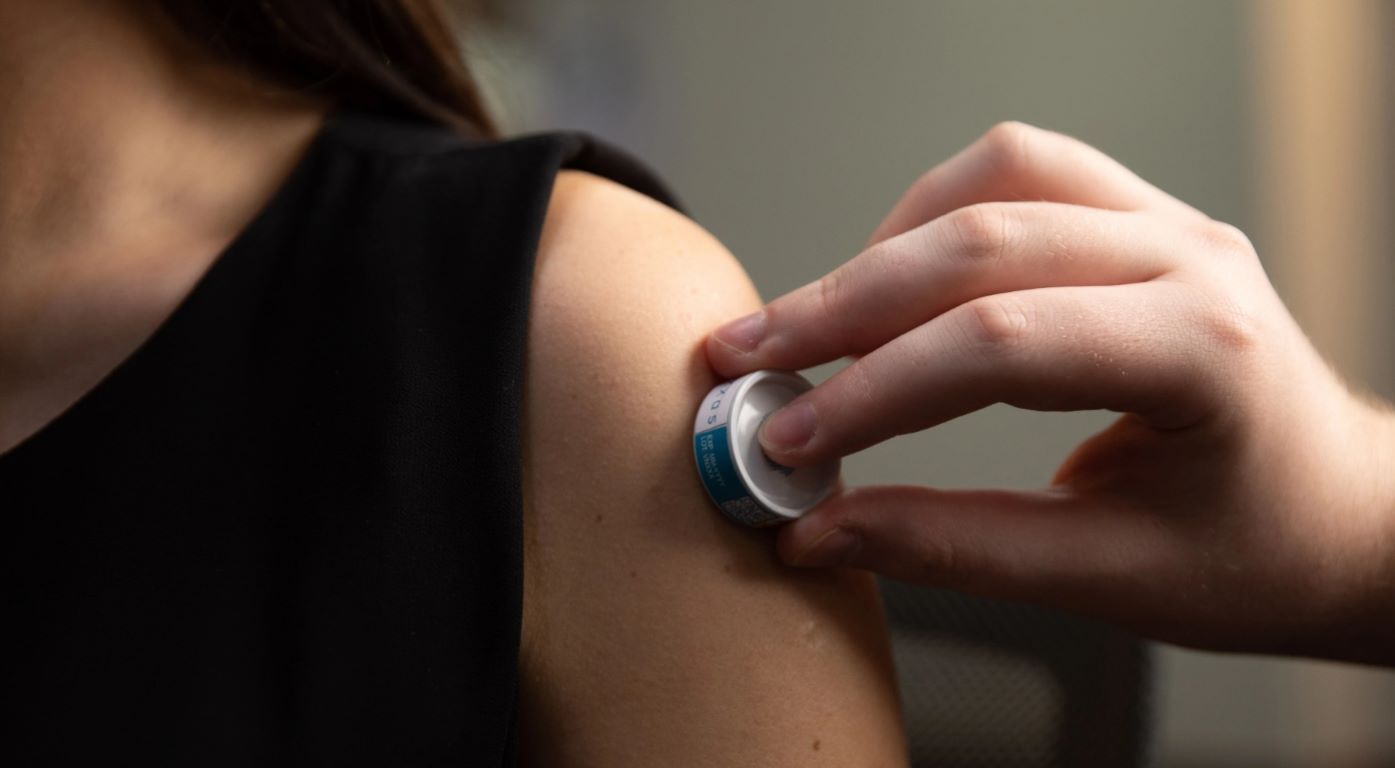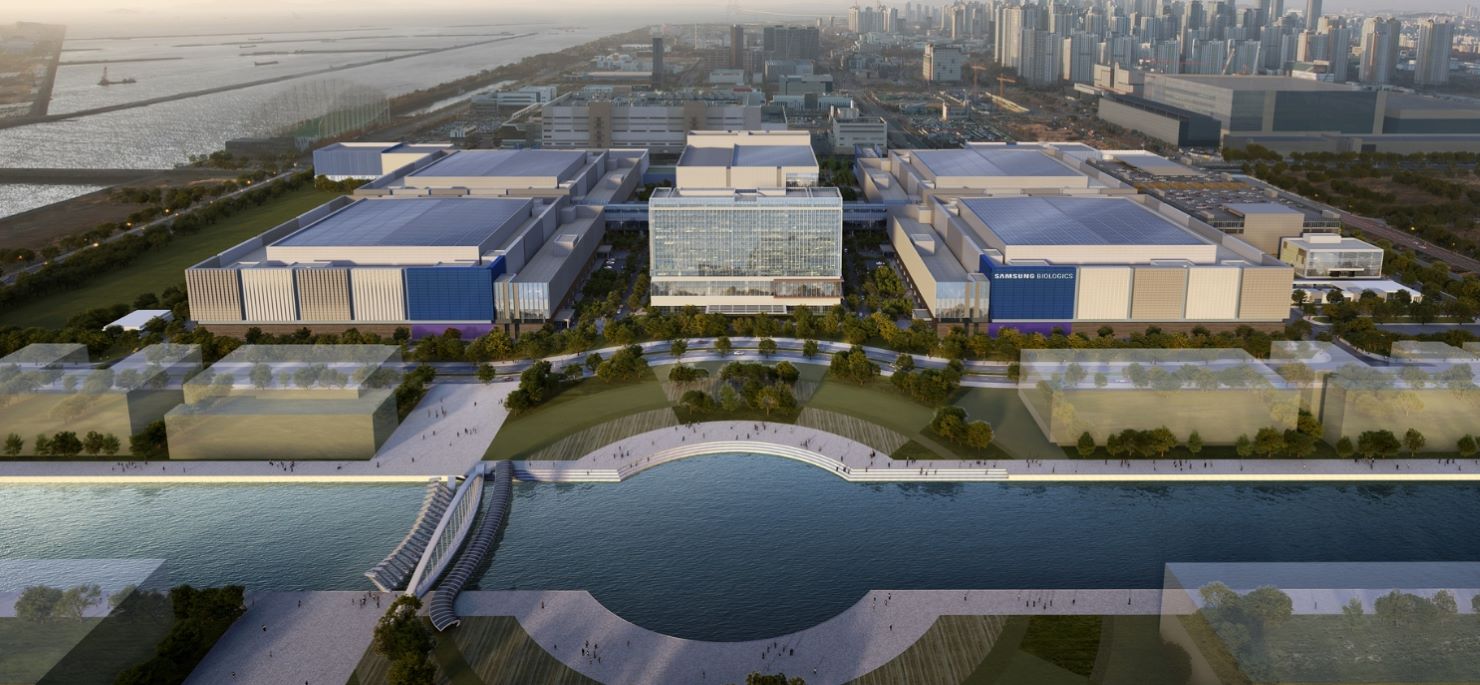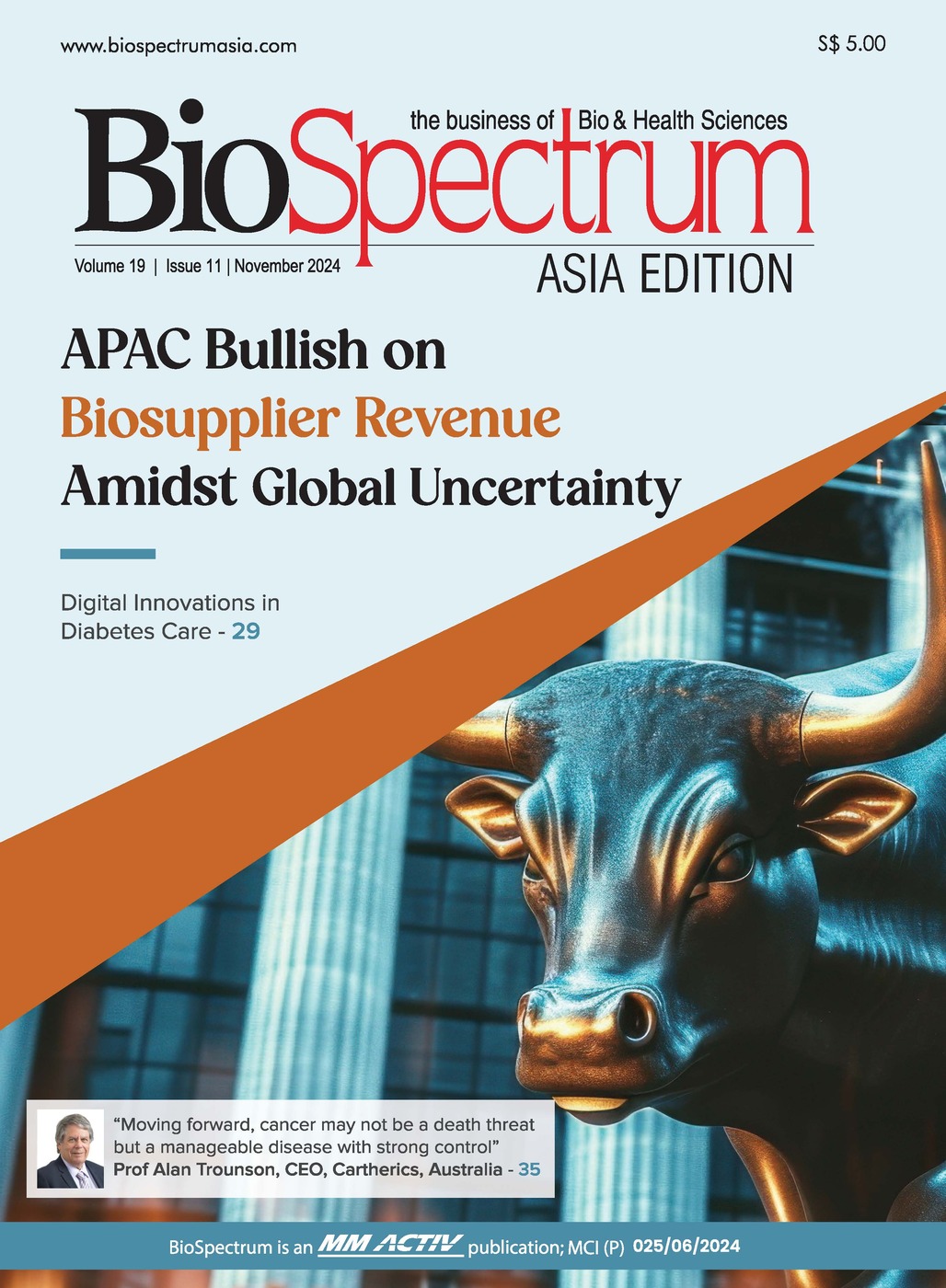"There's strong commercial growth potential for medical devices in APAC markets"
01 April 2023 | Opinion | By Hithaishi C Bhaskar
US-headquartered Cardinal Health, a global manufacturer and distributor of medical and laboratory products has steadily expanded its operations in the Asia Pacific (APAC) over the years, with Singapore as its APAC commercial hub. Steve Mason, CEO of Cardinal Health’s Medical Segment recently visited Singapore and shared his vision for the APAC medical device market in an exclusive tête-à-tête interview.

- What is your outlook for the APAC medical device market in 2023?
The global market for elective surgical procedures continues to lag behind that of pre-COVID levels. The lower number of procedures has slowed demand for medical devices. We expect these numbers to begin to normalise as COVID-19 becomes less of a critical healthcare concern.
From a macro perspective, raw material shortages and limited shipping capacity have led to a rise in the cost of goods, and reinforce two continuing market challenges that need to be addressed: inflation and supply chain constraints.
The APAC market faces these same issues. We have worked to mitigate these cost challenges by expanding our global transportation network and collaborating with our suppliers to address shortages by creating greater operational efficiencies.
Our international business, which includes APAC, continues to perform well despite these challenges. We expect to maintain our momentum and to grow market share in our focused medical product categories.
- What will Cardinal Health's strategic roadmap look like in 2023? How significant and conducive is the APAC region for medical products and distribution?
We employ two operating models in Asia Pacific markets. The first is a Direct Markets approach where we have in-market commercial operations supported by cross-functional teams. These teams focus on developing the capabilities required to exceed customer expectations and drive profitable growth through direct customer engagement. In Asia Pacific, we adopt this approach in markets like Australia, China, Korea and Singapore. The second is a Channel Partnerships approach where we work in close association with distributors in countries like India, Vietnam, and Thailand. Japan is our second largest International market, and we operate that as a stand-alone operation that is more vertically integrated than others.
Our Asia Pacific operations are critical to the company. We have an extensive manufacturing and sourcing footprint in the region, and there is strong commercial growth potential in the Asia Pacific markets.
Singapore is our Asia Pacific hub, which was established in 2004. Apart from being a key product distribution centre, our global sourcing and Asia commercial teams are based in Singapore. We also have a global R&D centre here, the only one outside of the US.
Furthermore, our long-standing partnership with Singapore’s Economic Development Board (EDB) in the areas of innovation and technical excellence, as well as the availability of highly skilled local talent have led to our Singapore operations contributing significantly to our growth in APAC and beyond.
By understanding customer needs in the region, and leveraging the depth and breadth of our capabilities in Asia Pacific, we hope to continue to grow market share in the medical product categories that align with our international commercial strategy. These include surgical gloves, nutrition delivery, and pneumatic compression products.
We are also exploring how we can further tap into Japan’s broader growth potential by leveraging our Japan design and manufacturing capabilities. We have products developed solely for the Japanese market such as neonatal catheters that we believe may benefit patients in other markets. This opens a new avenue of growth for our Japan business, and also creates new revenue opportunities for us.
- In what ways is Cardinal Health staying relevant in an ever-evolving market? How competitive is the APAC marketplace?
At Cardinal Health, our growth strategy focuses on having the right commercial resources in the right markets with the right products. We seek to offer our customers around the world high-quality, clinically differentiated products that support better patient outcomes. We are leading in surgical gloves, pneumatic compression devices, and nutritional delivery. We have also been investing to enhance technical capabilities across our supply chain, especially in data and resource management.
The Asia Pacific region is a competitive one. Apart from large multinational healthcare companies, there are a number of local market companies that are producing quality medical products. That is why we have deployed a focused growth strategy in APAC. We’ve implemented this strategy to keep pace with rapidly shifting global marketplace dynamics.
This strategy allows us to better tap into growth opportunities, and identify commercial synergies. For example, we have a strategic agreement with Medika Medical Technology (Zhejiang) Co. Ltd to distribute the company’s EZ Pump enteral feeding system in China. Through this collaboration, Medika leverages Cardinal Health’s broad distribution network in China, and taps into our global enteral nutrition expertise to promote and market Medika’s EZ Pump across the country.
These sorts of partnerships combined with Cardinal Health’s broad range of market-leading medical products will help us to grow by leveraging our expertise in our core health care focus areas.
- How do you envision commercialisation strategies evolving towards novel product pipelines? Is the APAC market amenable to partnerships and collaborations?
The best way to deliver innovation that matters is to address both customer and patient challenges.
New product development centres on improving patient outcomes and product functionality for healthcare professionals. We do this within Cardinal Health as well as in collaboration with strategic partners to improve the customer experience and end-user well-being.
Our Fukuroi R&D team in Japan recently partnered with DIC Corporation and Osaka University to develop a first-of-its-kind Fluorescent Ureteral Near Infrared Ray (NIR) catheter. Typically, a standard (non-fluorescent) catheter is used in ureteral surgeries. However, the level of risk increases in complex ureteral procedures, where physicians sometimes face difficulties in seeing where to place the catheter. Our Fluorescent Ureteral Near Infrared Ray catheter allows a physician to monitor the exact location of the catheter in the ureters when using an NIR endoscope. This greatly reduces the risk of complications and improves patient outcomes.
- How would you summarise your objectives for long-term growth and profitability around APAC medtech markets?
We see immense opportunities in the Asia Pacific. Cardinal Health has a diverse range of medically differentiated General Medical, Specialty and Operating Room products and we believe that we are uniquely positioned to meet the evolving needs of healthcare professionals and patients in the region.
APAC comprises different cultures and market types at various stages of development. That’s why we’ve moved away from the typical regional business model that groups markets by geographic proximity, to one that enables us to provide targeted, strategic support to customers in markets with similar growth profiles regardless of location.
This model allows us to collaborate more easily, quickly, and effectively. It also helps us to tap into synergies across markets, and sharpen our product focus. We believe that with these changes we are well positioned to tap into growth opportunities across Asia Pacific.
This is an exciting time for us in Asia Pacific. The combination of our Japan business’s deep history in the APAC market, and the reputation we’re building among our customers in maturing markets like Australia, China, Korea and Southeast Asia, provide us with an excellent foundation for future growth.
The key to unlocking this growth potential is understanding what customers and patients require in addressing changing health care needs. Developing and distributing products that are geared towards our Asian patients like our Japan made Argyle neonatal catheter or our next generation Kangaroo enteral feeding pump will enable us to meet these evolving needs, and drive long-term sustainable, profitable growth in APAC.
Hithaishi C Bhaskar
hithaishi.cb@mmactiv.com


